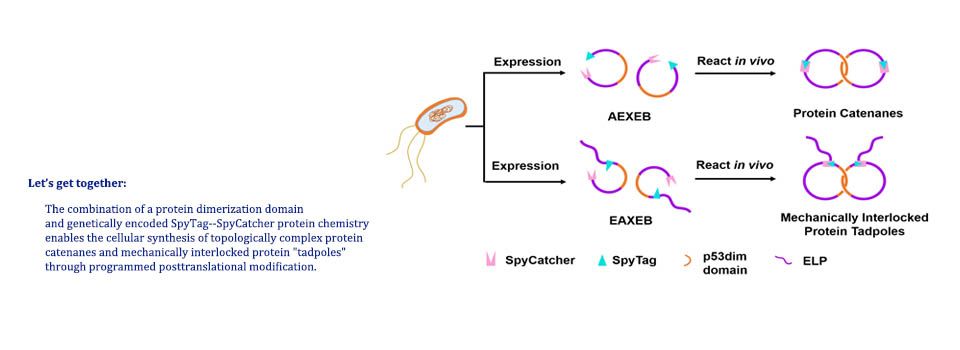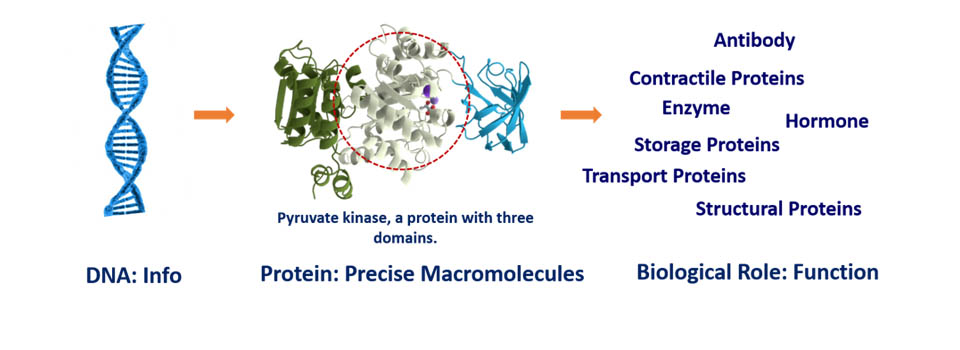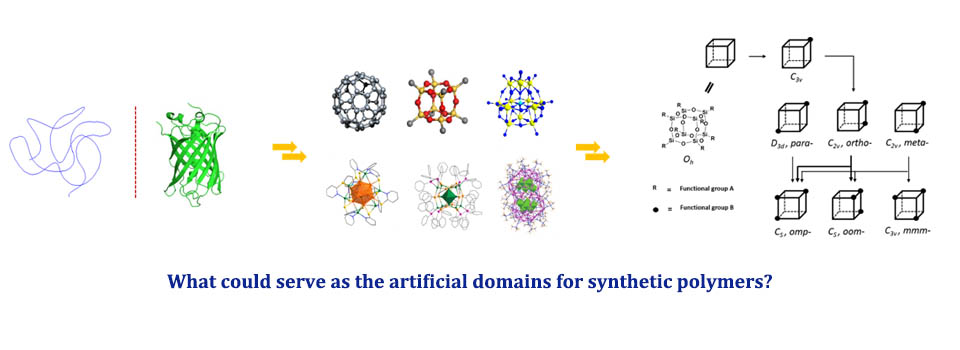Quotes
在科学上没有平坦的大道,只有那些不畏艰险沿着陡峭山路攀登的人,才有希望达到光辉的顶点。
----马克思
-----------------------------------------------
Research Projects
Collaborations
请有兴趣的研究组联系我们。欢迎任何形式的合作,尤其是在自组装、水凝胶以及生物医药等方向的合作。
------------------------------------------
Publications
Liu, Y.; Wu, W.-H.; Hong, S.; Fang, J.; Zhang, F.; Liu, G.-X.; Seol, J.;* Zhang, W.-B.* Lasso Proteins: Modular Design, Cellular Synthesis and Topological Transformation. Angew. Chem. Int. Ed. 2020, 59, 132, 2–11
Abstract: Entangled proteins have attracted significant research interest. Herein, we report the first rationally designed lasso proteins, or protein [1]rotaxanes, by using a p53dim‐entwined dimer for intramolecular entanglement and a SpyTag‐SpyCatcher reaction for side‐chain ring closure. The lasso structures were confirmed by proteolytic digestion, mutation, NMR spectrometry, and controlled ligation. Their dynamic properties were probed by experiments such as end‐capping, proteolytic digestion, and heating/cooling. As a versatile topological intermediate, a lasso protein could be converted to a rotaxane, a heterocatenane, and a “slide‐ring” network. Being entirely genetically encoded, this robust and modular lasso‐protein motif is a valuable addition to the topological protein repertoire and a promising candidate for protein‐based biomaterials.





